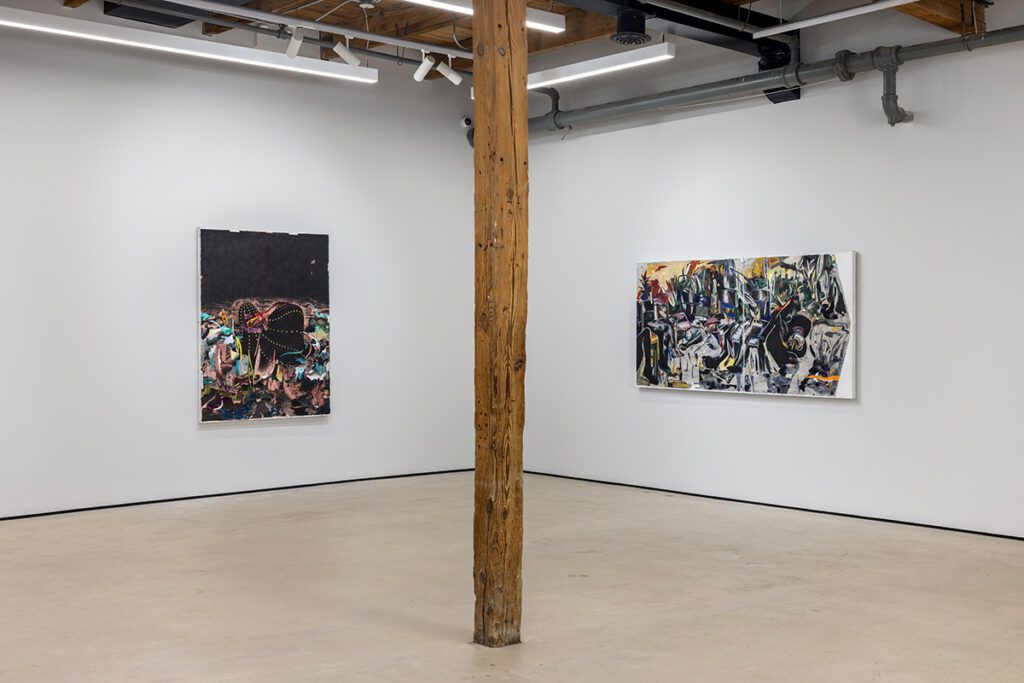In Leasho Johnson’s The Sea Is Another Country, a figure is hunched over, mired in a collage of color and fluid shapes. In the painting, birthed in conversation with Dionne Brand’s book A Map to the Door of No Return: Notes to Belonging, this figure is placed in the midst of a Black oceanic landscape. Brand’s text speaks to the rupture that occurred when Africans were brought to North America; reflecting on her own experience growing up in the Caribbean, Brand understands the sea as a carrier of the traumas endured by enslaved Africans. Turning to this text in The Sea Is Another Country and throughout his exhibition “Escaping the Tyranny of Meaning,” Johnson builds upon years of work investigating Blackness, queerness, and Caribbeanness, and their mythologized aspects as a source of both tension and potential.
The painting is on view at Mariane Ibrahim in Johnson’s first solo show with the gallery. Nine paintings are mounted, each aligned with a style that Johnson continues to develop: constellations of contours and textured Blackness on paper. His abstracted and amorphous figures entangle themselves in lush landscapes. The title of the exhibition, “Escaping the Tyranny of Meaning”—taken from a William Kentridge essay—speaks to the tension of the way Jamaica’s perception as a tourist destination places locals in a landscape imbued with paradisiacal connotations. Johnson considers how meaning can become a trap and invites others to release themselves from those structures as well.
Growing up in Jamaica, a country dominated by the Protestant religion, for Johnson, queerness was often relegated to the corners. The Centipede Under Two Skies (Anansi #27) is a scene from a bush party, where queer men in Jamaica were able to commune. Charcoal-painted limbs float around a sequence of classroom chairs, representing a memory Johnson has been processing. Coming of age in the shadows of Jamaica coalesces here; walking through the exhibition with Johnson, he said the painting is “moving from a space of clarity and visibility into a kind of darkness, into a kind of wilderness.” Figures emerge as possibly human, possibly animal—an abstracted form where Johnson has historically situated many of his figures. For Johnson, creatures like Anansi, a trickster spider from West African folklore, begin to harbor ideas of queerness and wildness.
Johnson’s interest in Anansi stories deepened when he arrived in Chicago to pursue graduate studies at the School of the Art Institute of Chicago. He told himself he would either chase the “white rabbit,” an ode to Alice in Wonderland and a metaphor for the kinds of white hegemonies pushed for Black artists to align with, or chase the “black spider,” Anansi, honoring an obscured narrative from the African diaspora—stories his uncle told him as a child. In the Anansi stories, the trickster is creating and re-creating himself depending on his circumstances, like queer people. These stories not only invite imagination but require it. In this space, Johnson found room for abstraction, for the kind of wilderness he explores in his paintings. These spaces become nonspaces and the people become nonhuman.
Johnson’s abstracted and amorphous figures entangle themselves in lush landscapes.Courtesy of the artist and Mariane Ibrahim
Johnson renders these creatures—who often emerge only at night—through materials that engage with Jamaica’s history of enslavement. His works merge natural materials like charcoal, indigo, and logwood dye with oil paint and gold flakes. Logwood dye was once exported from Jamaica before sugar became its dominant industry. Logwood is the first stable black dye, historically used by the Spanish elite to render blackness. However, when mixed with other substances, it becomes unstable and, in certain conditions and lighting, can appear blue, red, or brown. Johnson considers it a “magic material,” allowing it to present itself differently as it interacts with his other materials. In those moments when black becomes diluted, it emerges as a new color and new line of inquiry.
Like a Deep Breath Held and Held is the most visually intimate of the works. Two figures are intertwined, floating above a fragmented sea. Situated in a room with Set Adrift, Aimless, Hopeless and Destructive, the room is framed by these oceanic respites. Johnson came out as gay beside the water, noting how being beside the water, one becomes more aware of oneself. He now lives by the water in Chicago, a new home for him.
Swimming in the Caribbean Sea, the salt water carries you; in Chicago, the fresh water makes swimming more difficult. The lakes here are marked by a filtration system—controlled bodies of water, a complete contrast to the wildness of the ocean by Jamaica. In the wake of ongoing natural disasters that have impacted the Caribbean for years, the sea’s wilderness and its absorption of environmental disasters loom large in Johnson’s works.
“We think about impermanence a lot in the Caribbean,” he said, noting that there, people have a different relationship to the water. Though he resisted calling Chicago his home for a long time, he’s not fighting it anymore. He feels chosen by Chicago—by his community here and the resources he’s had access to. Though Lake Michigan doesn’t hold the same vastness and obscurity as the Caribbean Sea, Chicago’s water, especially at night, holds its own crawling nightlife—its own kind of wildness.
“Escaping the Tyranny of Meaning”
Through 10/26: Tue–Sat 11 AM–6 PM, Mariane Ibrahim, 437 N. Paulina, marianeibrahim.com/exhibitions/87-leasho-johnson-escaping-the-tyranny-of-meaning/overview
Reader Recommends: ARTS & CULTURE
What’s now and what’s next in visual arts, architecture, literature, and more.
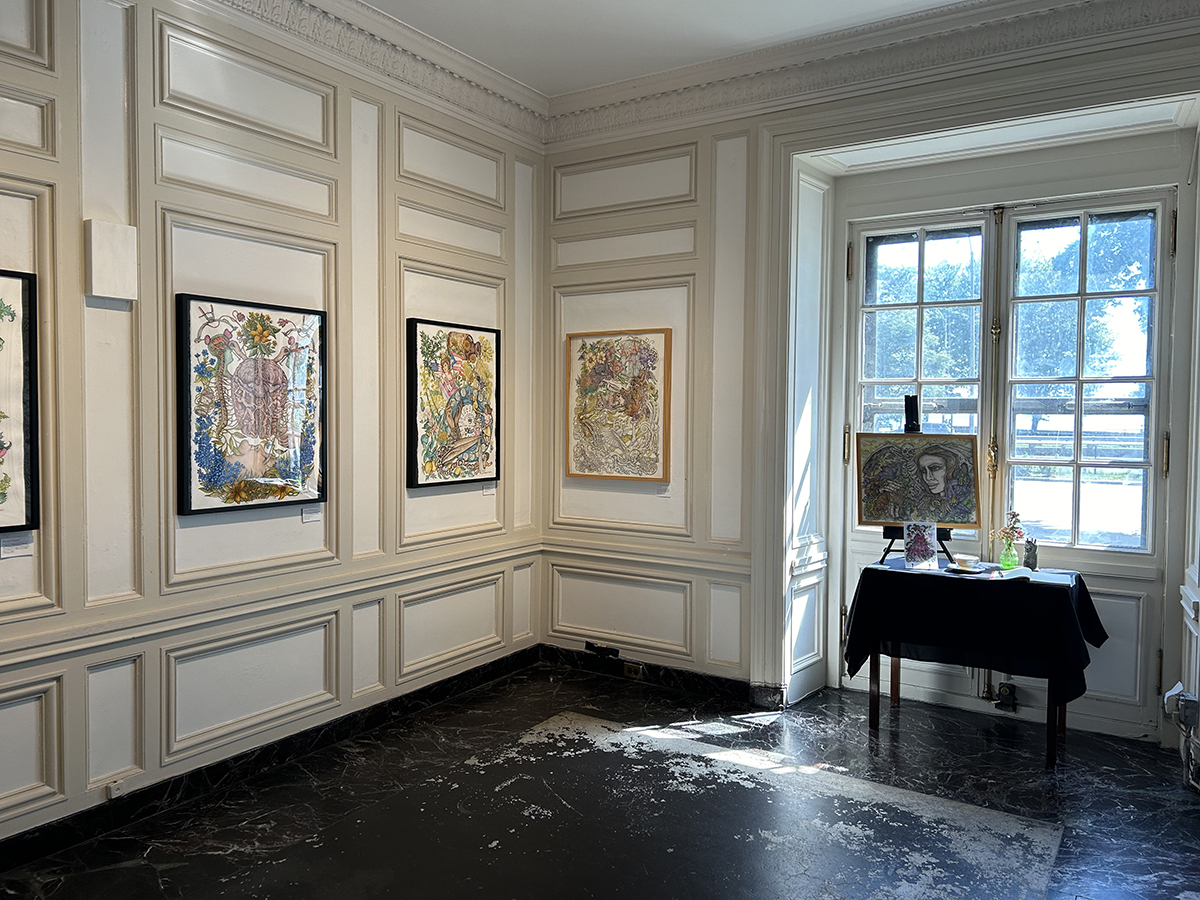
Cheri Lee Charlton exposes the devastating consequences of patriarchal misdiagnosis.
October 8, 2024October 8, 2024
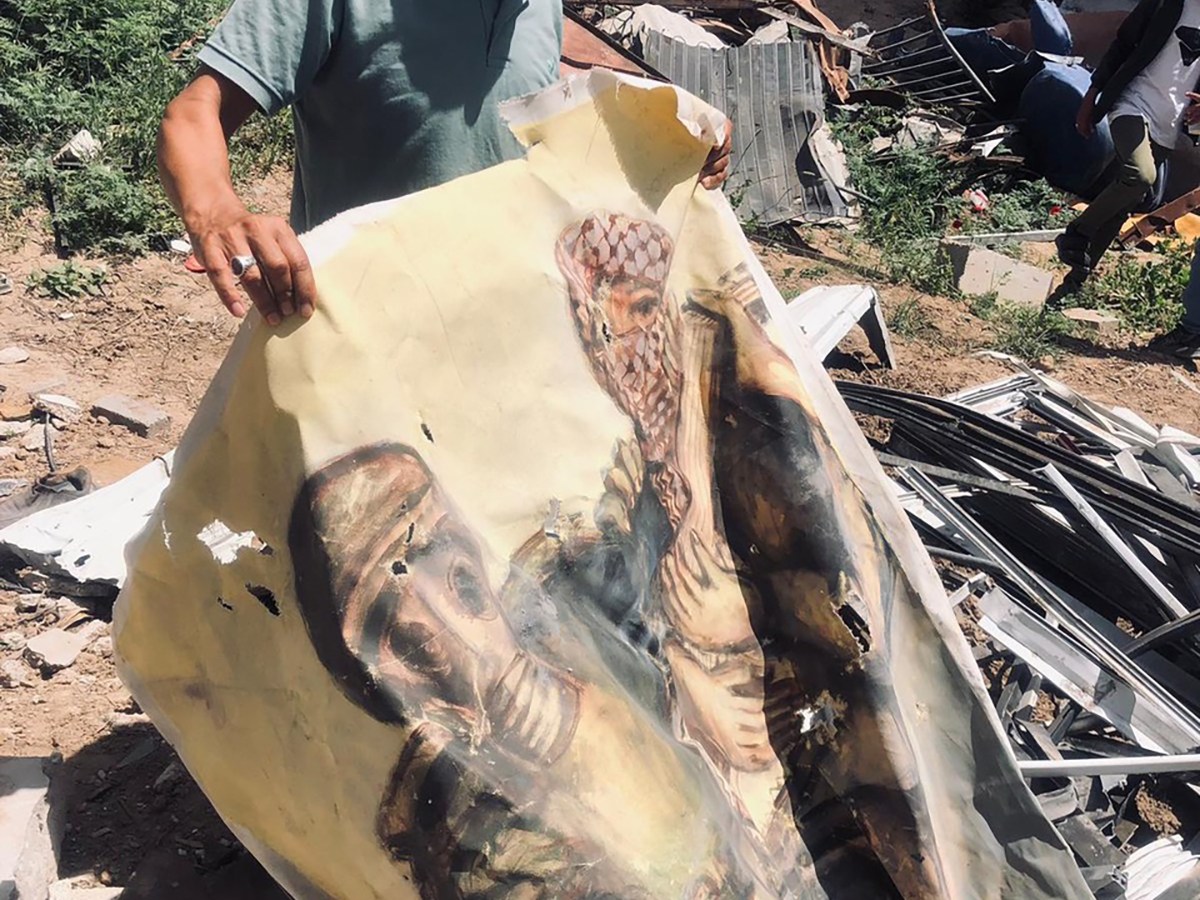
“Landscapes From Under the Rubble” documents what artists endure under Israeli occupying forces.
October 2, 2024October 2, 2024
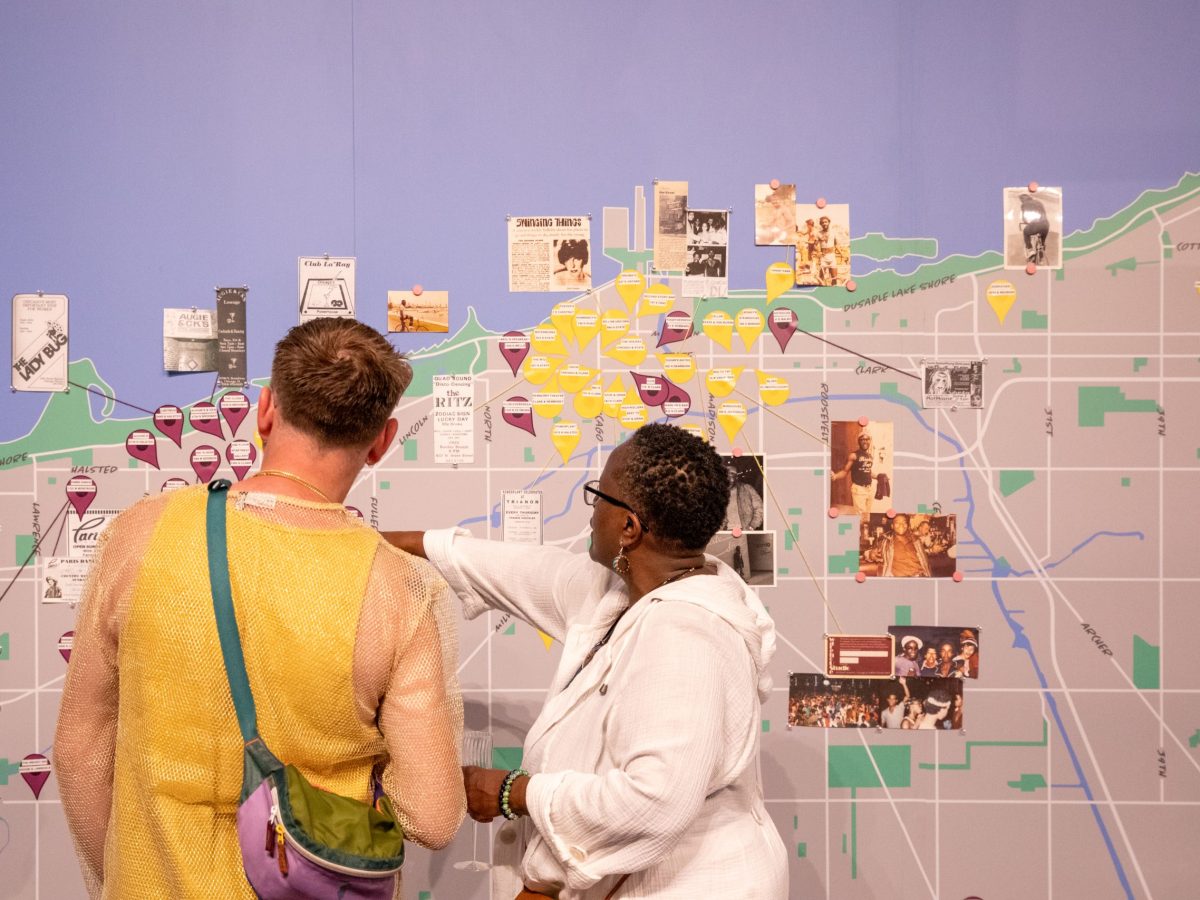
“Just Below the Surface” brings queer histories front and center.
September 27, 2024September 30, 2024
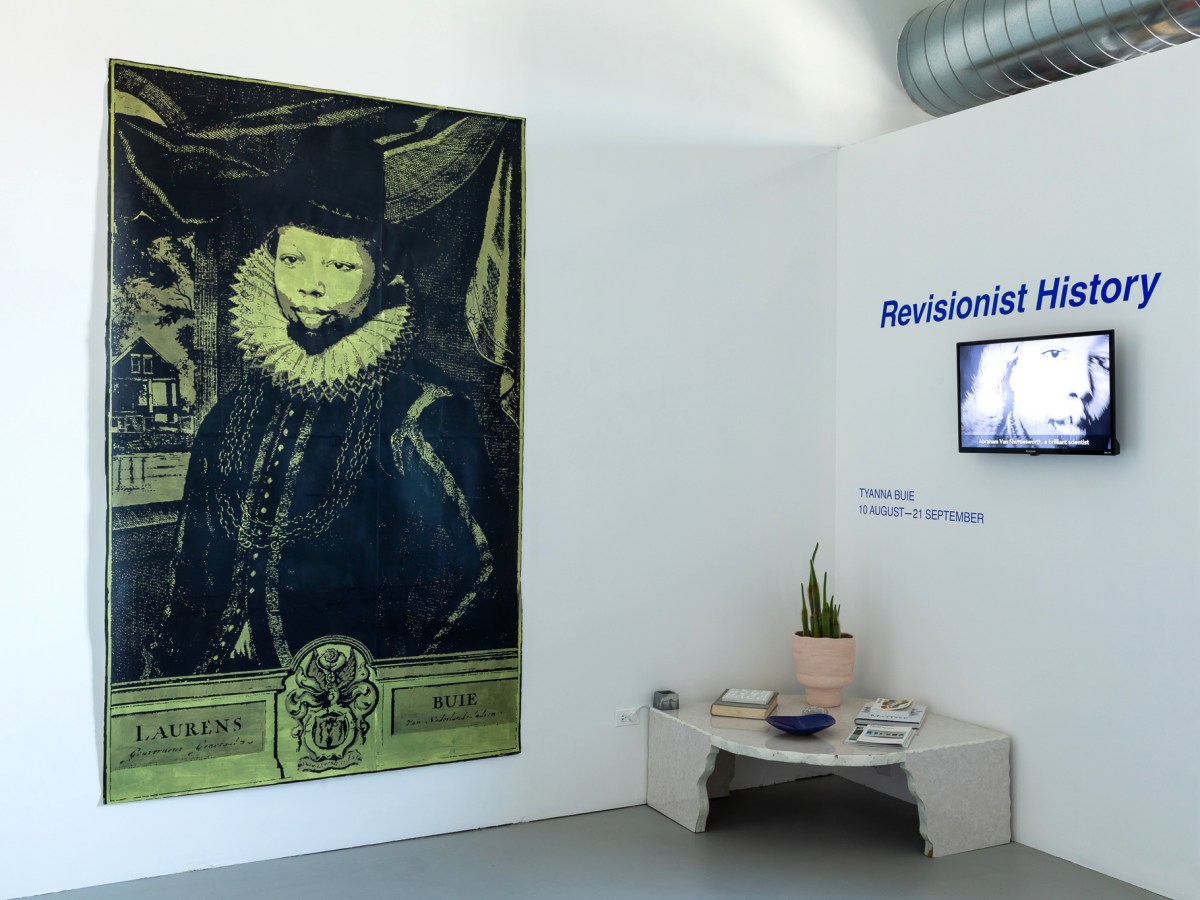
Tyanna J. Buie uses AI to reinterpret her family’s legacy.
September 26, 2024September 26, 2024
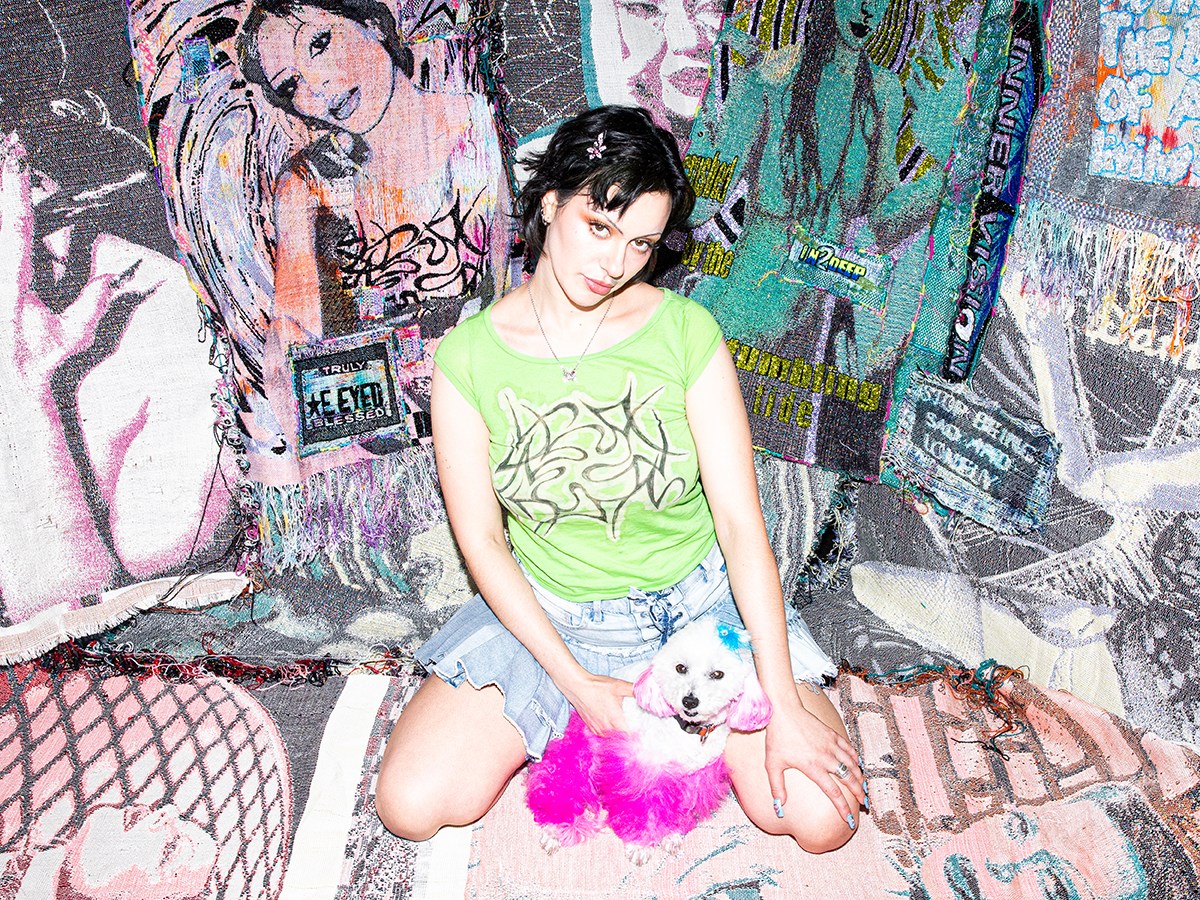
For the artist’s white-wall gallery debut, large fiber works represent grand ambitions.
September 25, 2024September 24, 2024
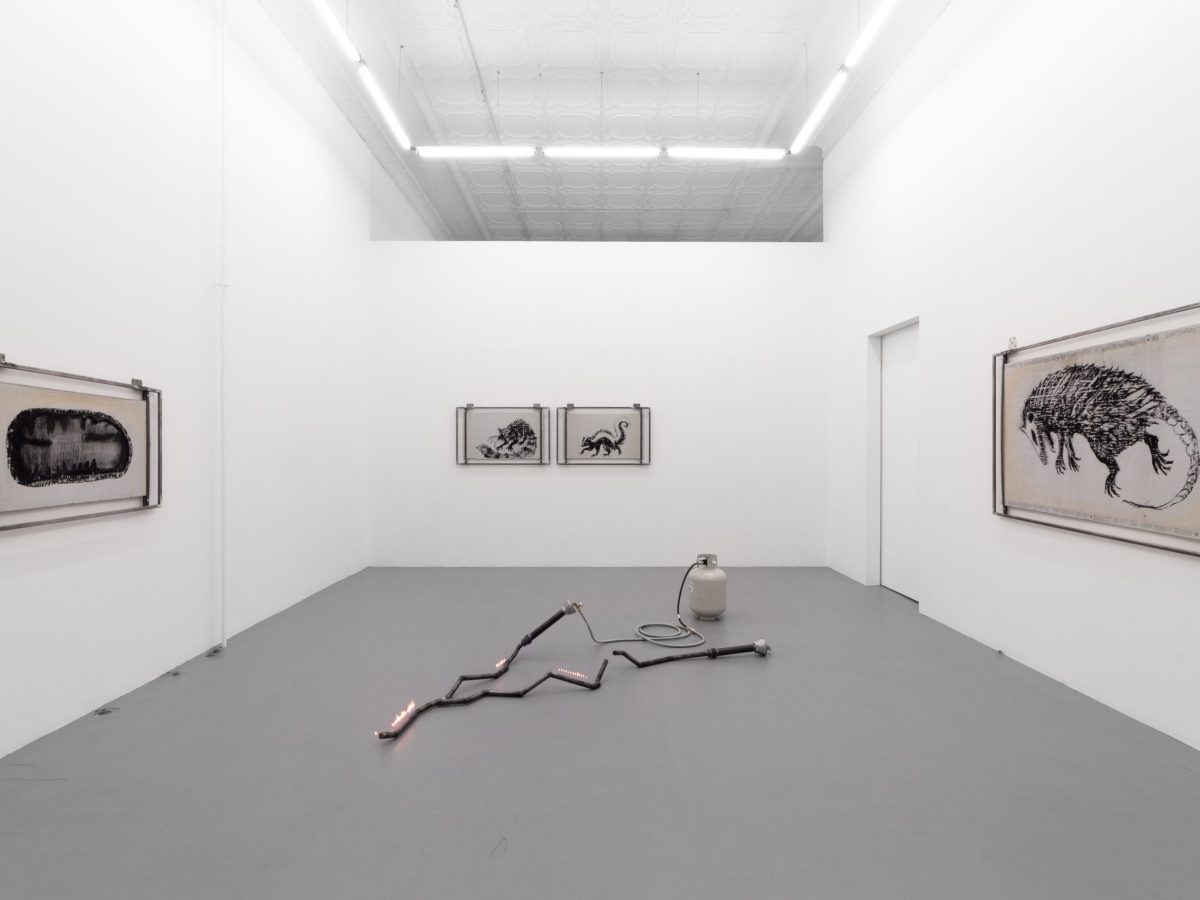
On the artist’s foreboding solo show at Prairie
September 24, 2024September 24, 2024
Source link : http://www.bing.com/news/apiclick.aspx?ref=FexRss&aid=&tid=670680543a684a2aad14249b33bd1f65&url=https%3A%2F%2Fchicagoreader.com%2Farts-culture%2Fleasho-johnson-mariane-ibrahim%2F&c=5775771420066725501&mkt=en-us
Author :
Publish date : 2024-10-09 01:30:00
Copyright for syndicated content belongs to the linked Source.
